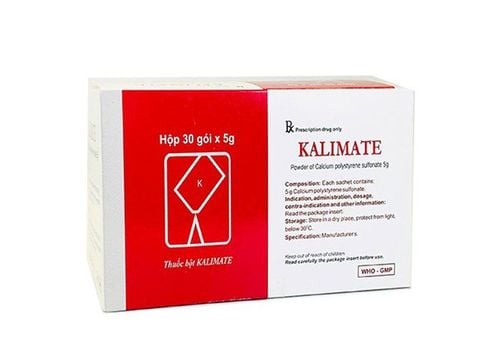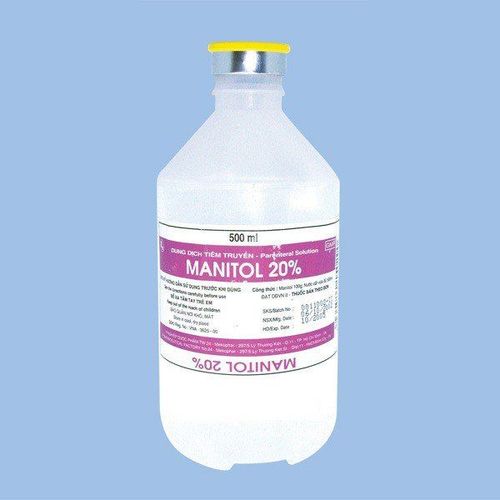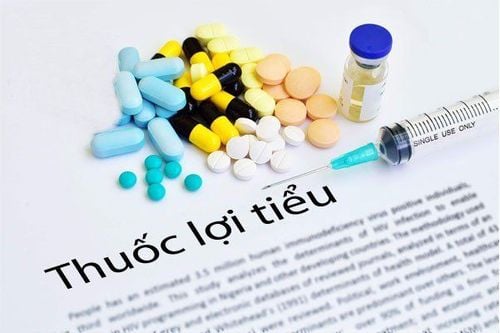This is an automatically translated article.
Contrast-induced acute renal failure is a condition in which acute renal failure occurs or the degree of renal failure increases after contrast agent administration. This risk usually appears within 24-48 hours after the administration of contrast medium, the highest increase in creatinine after 5-7 days and most cases return to normal after 7-10 days.
1. What is Contrast?
Contrast is a solution containing iodine, which is injected into the body when taking pictures in magnetic resonance imaging, ultrasound or X-ray to increase the contrast level of structures or body fluids when taking pictures. imaging (the structure or lesion will appear bright white on a CT scan, helping to distinguish it from other surrounding structures). Contrast is often used to clearly define the blood vessels and organs of the digestive system.
Contrast has 3 types:
Contrast with low osmolarity such as: Iopamidol, ioversol, iohexol,... Contrast with normal osmolarity: Iodixanol. Contrast with high permeability such as Lothalamate, Diatrizoatem.
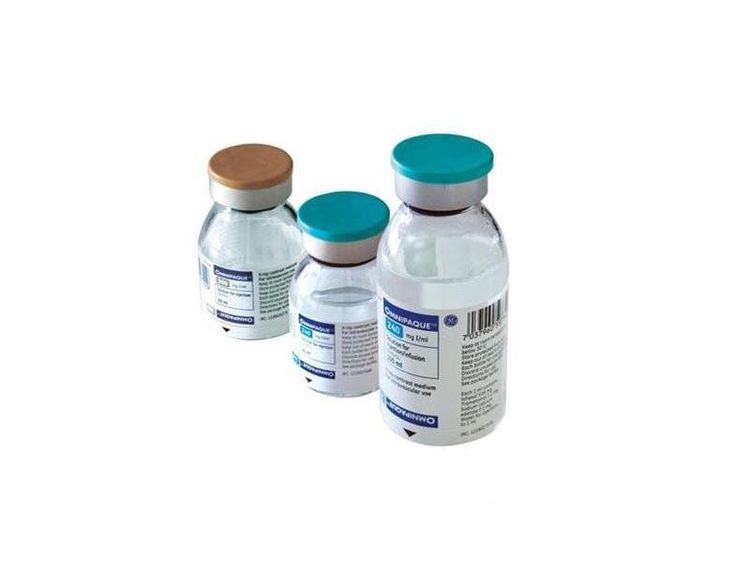
Thuốc cản quang là những dung dịch có chứa Iod
2. Contrast-induced acute renal failure
Contrast-induced acute renal failure is a condition in which acute renal failure occurs or the degree of renal failure increases after contrast agent administration.
Contrast-induced acute renal failure is diagnosed when an increase of 25% or > 0.5 mg/dl (44.2 mmol/l) from baseline creatinine occurs. This risk usually appears within 24-48 hours after the administration of contrast medium, the highest increase in creatinine after 5-7 days and most cases return to normal after 7-10 days.
Besides, some of the following factors will increase the risk of contrast-induced acute renal failure:
Age: People over 70 years of age, if using contrast, will increase the risk of acute renal failure. Low glomerular filtration rate: This factor increases the risk of acute renal failure if contrast is used. Pre-existing cardiovascular disease, diabetes. Must take medication for hypertension Must use Metformin Must use large volumes of contrast agent
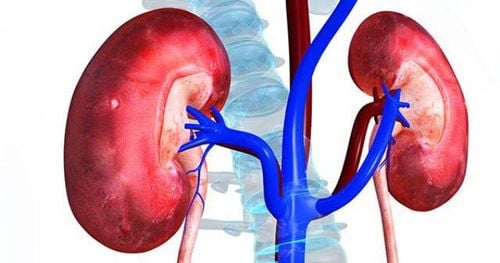
Suy thận cấp do thuốc cản quang là tình trạng xuất hiện suy thận cấp
3. Some other risks when using contrast agents
Anaphylaxis: This is a reaction after taking the drug within 1 hour. Symptoms include: itching, angioedema, dyspnea, hypotension, shock, loss of consciousness. Thyroid storm: This is a serious condition in people with hyperthyroidism, so when using contrast, the patient must inform the doctor about the medical history. Harm to the fetus: Pregnant women need to consider carefully, choose other methods such as ultrasound, X-ray often with protective clothing.
Please dial HOTLINE for more information or register for an appointment HERE. Download MyVinmec app to make appointments faster and to manage your bookings easily.







